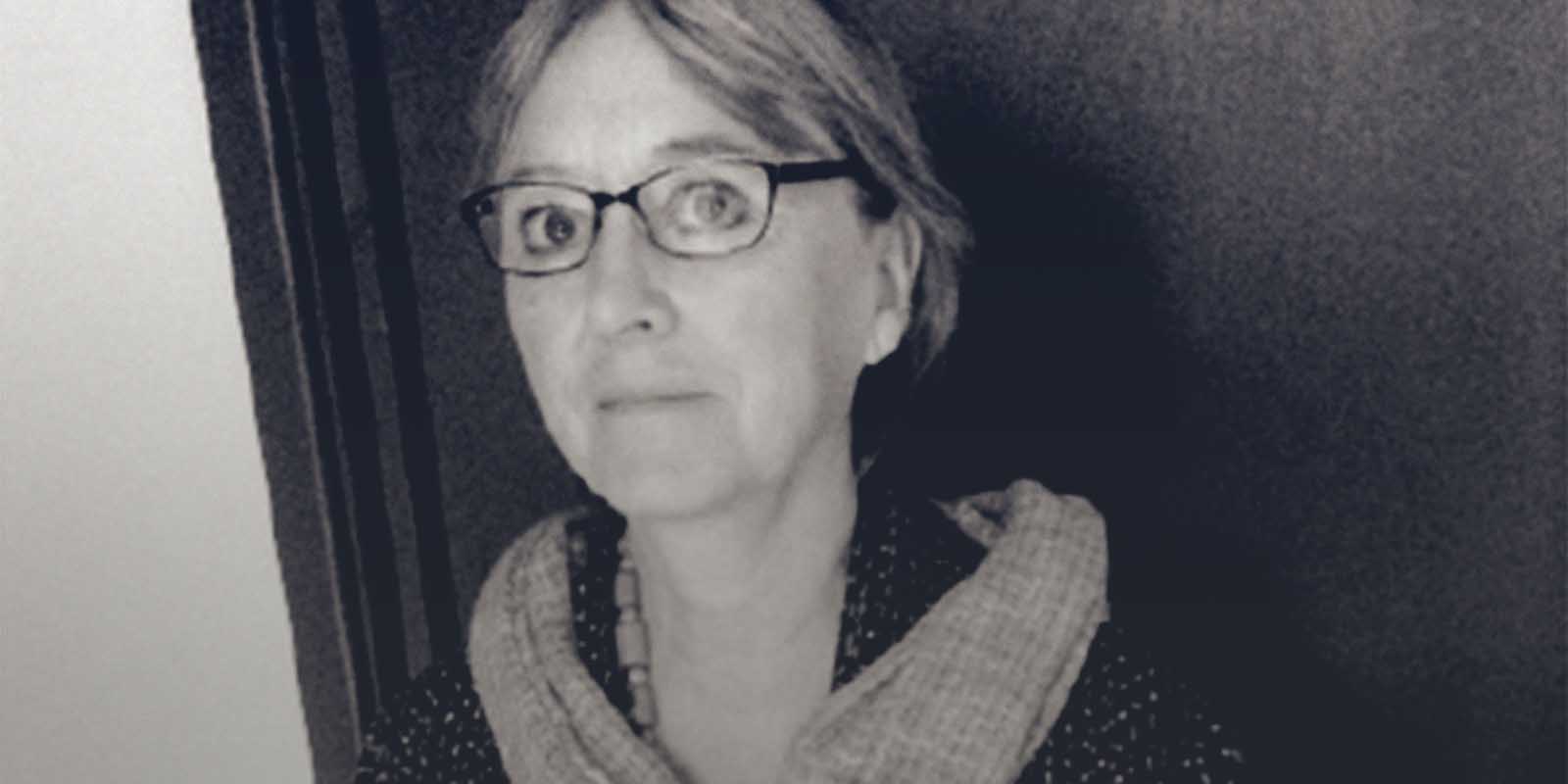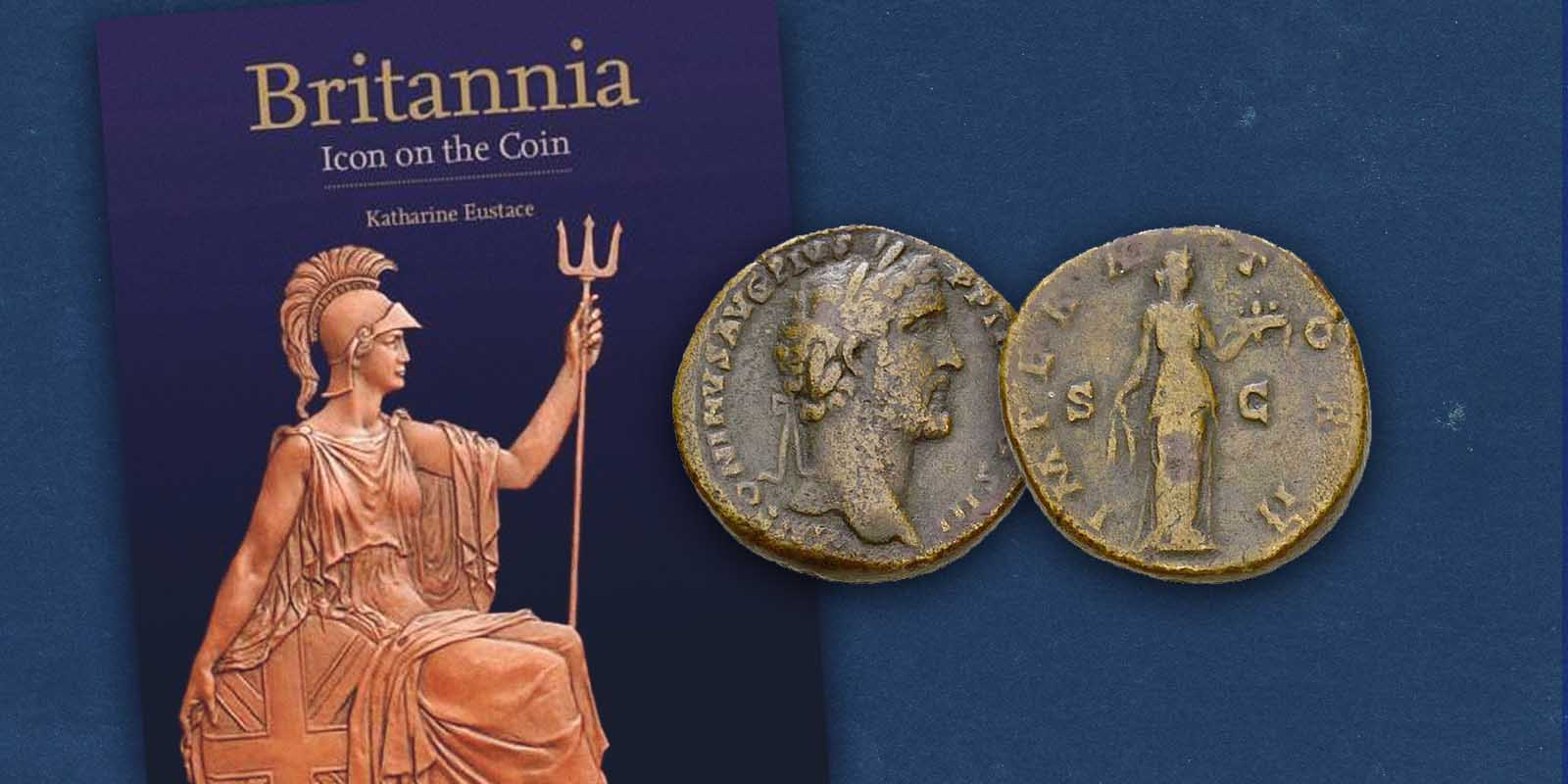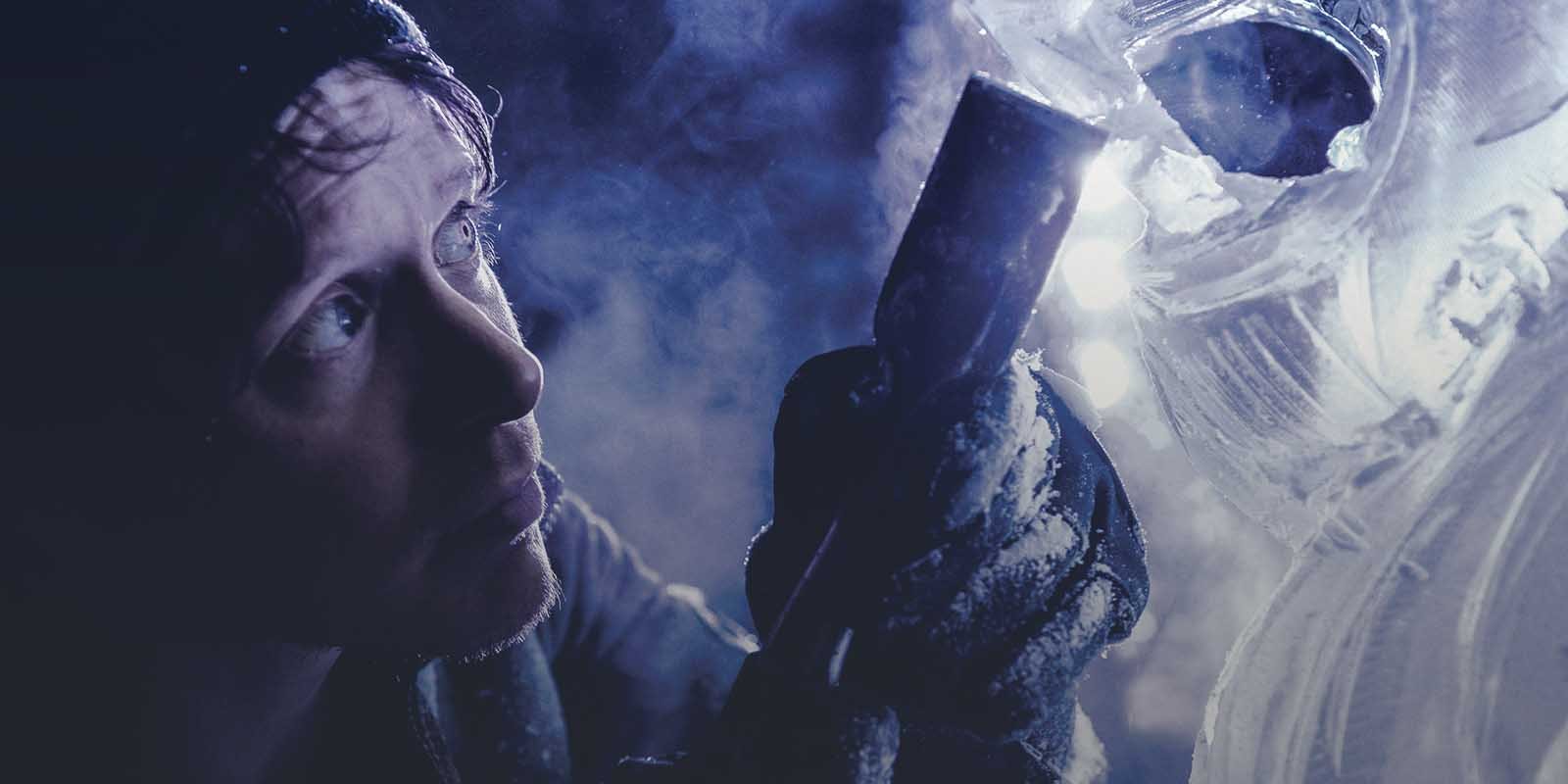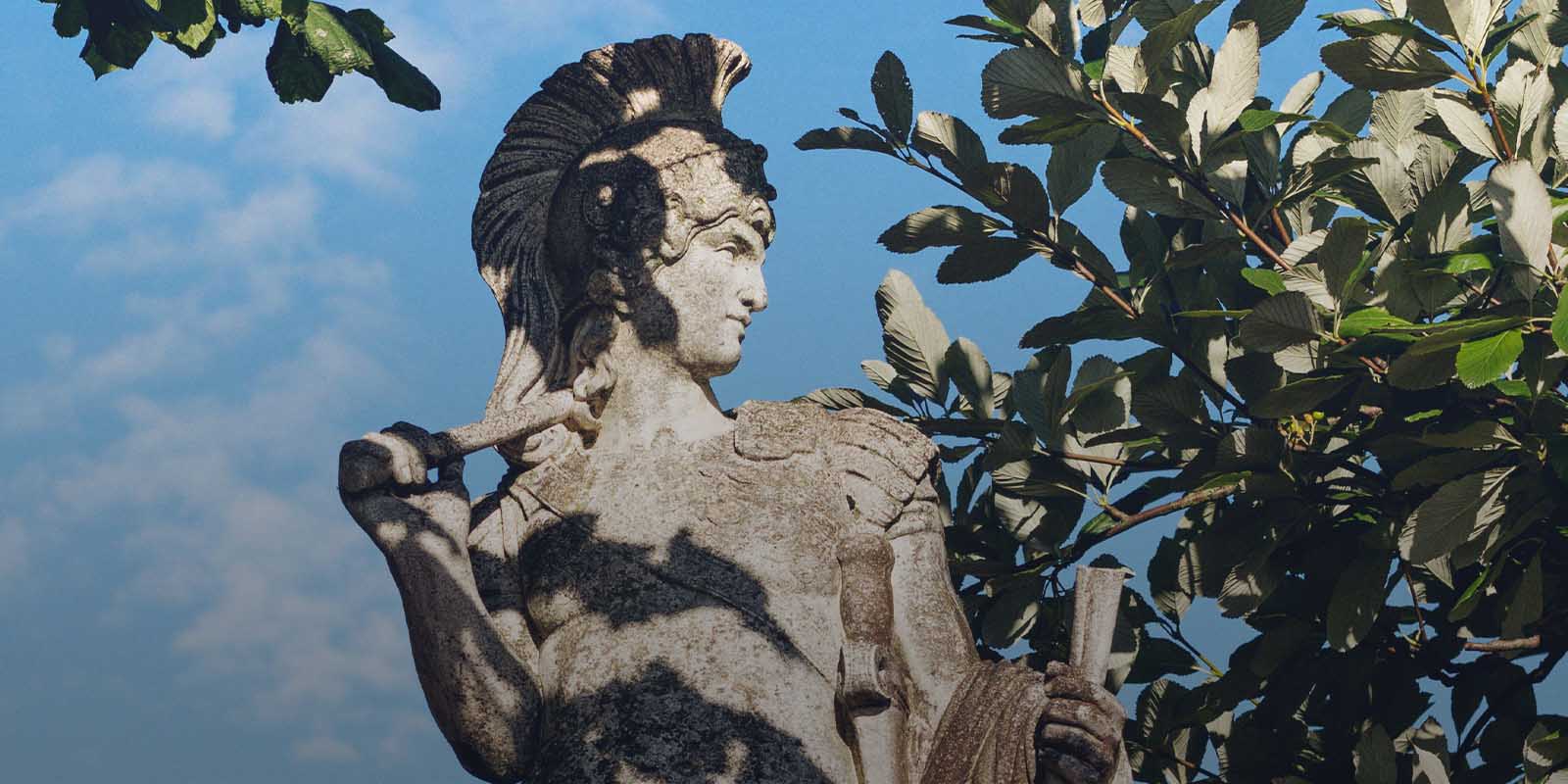Katharine Eustace is the author of Britannia: Icon on the Coin which was first published in 2016. The book is an in-depth look at Britannia and her role in coinage. When asked why she would choose to tackle such an immense subject Katharine said, “I think perhaps it chose me!”
“It all began when the Advisory Committee to The Royal Mint on the Design of Coins, Medals, Seals and Decorations, of which I was then a member, discussed the question of new designs for the reverse of a new issue of the entire coinage for 2008,” she said. “The Committee seeks advice from a number of relevant sources, and members of the panel do their own research. It became clear that, despite the importance and longevity of Britannia, very little historical research had been done on the sources and evolution of this most powerful national symbol. Dr Kevin Clancy – and I am most grateful to Kevin – Director of The Royal Mint Museum and Secretary to the Advisory Committee, encouraged me to embark on what was first a paper given at the summer conference of the British Numismatic Society in 2004. It evolved into an article in the British Numismatic Journal, and, finally, into the book, published by The Royal Mint in 2016.

“The main challenge in carrying out my research was the one we had first spotted: that, surprisingly, there was almost nothing written on Britannia. So there was very little to start with. It was often coal-face research, but that is a great challenge – exciting and rewarding. Then there was the usual challenge of time: making time to work on something that was, at first, not central to what I was doing. Then there was the rather alarming one that, as a subject, it spanned two millennia and touched on so many subjects that I do not consider myself a specialist in. There were challenges from the coins themselves, in their historical context, economic and social, to art and design, high art and folk art – all of which could have become books in themselves! And that was another challenge to squeeze all of it into the set number of pages for the publication itself. As there was a timeframe and a deadline to meet I had to beware of becoming fascinated by some aspect,
“Britannia seems to have an enduring, and one might say endearing, quality. As a design on a coin when seated, she quite simply fits into the circular shape. the designs tend to have consistent elements: a lance, a helmet, a lighthouse, some waves, a few details to be tinkered with and reapplied. This made her instantly recognisable, and provided a valuable sense of continuity. She was a constant, and a symbol of stability.”
“We live in times of questioning national identity and purpose. Certainly when John Lessore drew on the idea of Britannia in his group portrait Six British Paralympic Athletes (2004, National Portrait Gallery), this gave her an immediacy and topicality that was entirely suitable.
“My favourite depiction of Britannia is difficult to choose. One of the earliest Roman coins, a sestertius of Antoninus Pius (c. AD 143), has everything, the elegance, the ‘fit’, the meaning, as do John Roettiers’ medals for Naval Victories and the Peace of Breda (1666–67, British Museum).”




